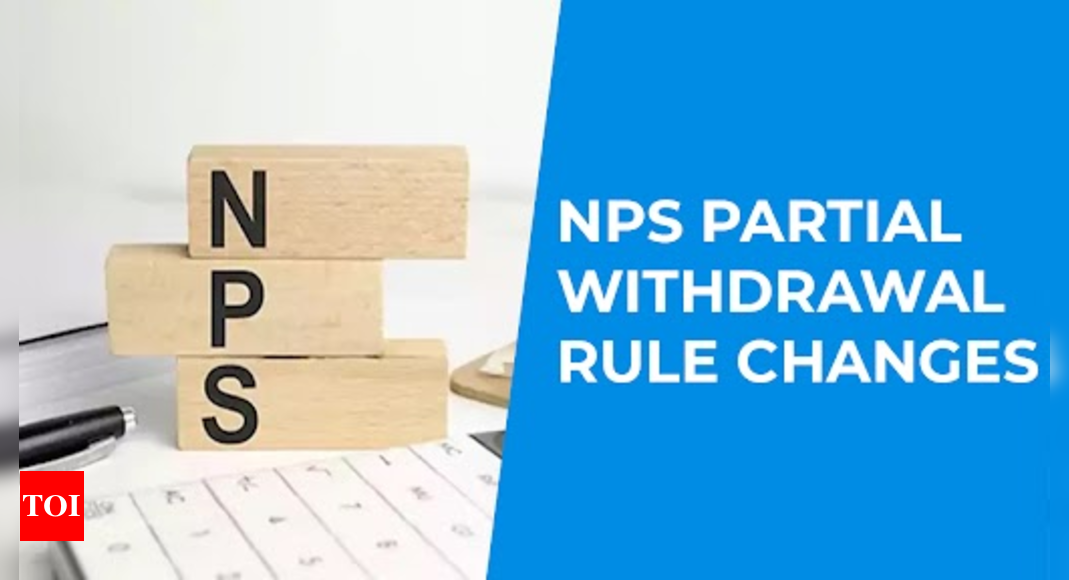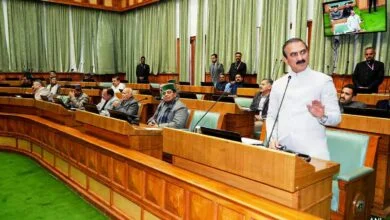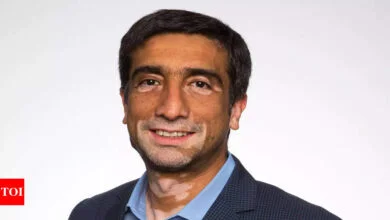
New rules for partial withdrawal from NPS
According to an ET report, starting from February 1, NPS subscribers are allowed to withdraw from their pension accounts after three years of completion.However, there is a limit on the withdrawal amount. As per the recent circular from the Pension Fund Regulatory and Development Authority (PFRDA), subscribers can withdraw up to 25% of their contributions. It’s crucial to note that withdrawals cannot be made from the portion contributed by the employer or from the returns generated on contributions.
For instance, if you’ve invested Rs 4 lakh in NPS and your corpus has grown to Rs 10 lakh, you’re eligible to withdraw only 25% of your contributions, which amounts to Rs 1 lakh. The remaining corpus from the Rs 10 lakh is not eligible for partial withdrawal.
Reasons for partial withdrawal
Partial withdrawal from NPS is allowed for various purposes, including:
- Children’s higher education
- Children’s marriage (PFRDA clarified that legally adopted children are included in the definition of “children” for marriage withdrawals)
- Purchase or construction of the first house: Earlier, NPS subscribers could withdraw funds for buying or building a house in their name or with their spouse, without it being their first home. However, now, if they already own a house, they can’t withdraw funds for this purpose, as stated by Nirav Karkera, Head of Research at Fisdom.
- For
medical purposes , including hospitalization and treatment costs for illnesses like cancer, kidney failure, pulmonary arterial hypertension, multiple sclerosis, organ transplants, heart surgeries, stroke, heart attacks, coma, blindness, paralysis, serious accidents, and COVID-19, among others. - Medical and incidental expenses due to disability
- Skill development or self-development activities
- Establishment of ventures or startups
Limits and frequency of NPS partial withdrawal
You can withdraw from your NPS account up to three times during its tenure, with a five-year gap between each withdrawal. However, this rule doesn’t apply if you’re withdrawing for treating a specified illness. PFRDA specifies that for subsequent withdrawals, only the contributions made after the previous withdrawal are allowed. According to Karkera, you can withdraw only 25% of the contributions made between two partial withdrawals.
ALSO READ | Bharat Electronics bags orders worth Rs 848 crore
Process for NPS partial withdrawal
To request a withdrawal, an NPS subscriber must submit a withdrawal request along with a self-declaration indicating the purpose. This should be done through the central record-keeping agency (CRA) via the government nodal office or point of presence. If a subscriber is unable to submit the form due to illness, a family member can do so on their behalf. Once the withdrawal request is submitted, the CRA begins processing it.
Tax implications
There are no tax implications for partial withdrawals from NPS. According to Abhishek Kumar, a SEBI registered investment advisor (RIA) and Founder of SahajMoney, partial withdrawals are tax-exempt.
Should you opt for NPS partial withdrawal?
Karkera was quoted saying that NPS is designed to optimise retirement savings through compound growth and provides tax benefits, making it crucial for retirement planning. Deciding whether to withdraw 25% from your NPS account requires careful consideration of your immediate financial requirements compared to the long-term goal of ensuring a secure retirement.
While NPS allows withdrawals for major life events like education, marriage, medical emergencies, or home purchase, it’s important to remember its main purpose: providing financial security in retirement. Therefore, unless there’s an urgent financial need or a high-return investment opportunity (with acceptable risks), it’s generally wise to keep your NPS savings untouched. This strategy ensures you benefit from the scheme’s long-term growth potential, securing a more stable retirement, he further adds.
Experts suggest a strategy to avoid withdrawing from your NPS account prematurely: create a separate emergency fund and obtain sufficient health insurance coverage. This approach helps prevent the need for partial withdrawals from your NPS savings, which could otherwise affect your retirement corpus, Kumar advises.








